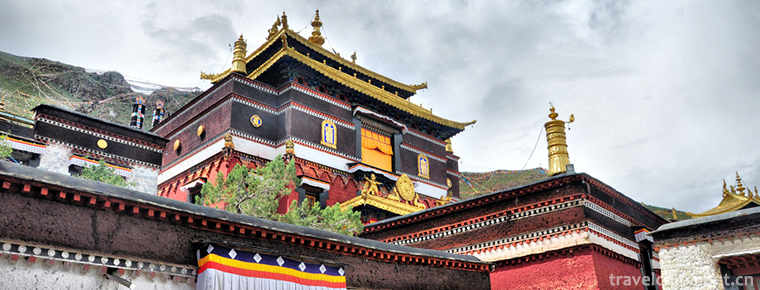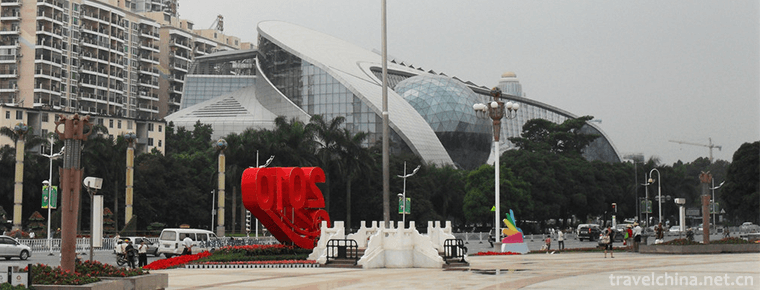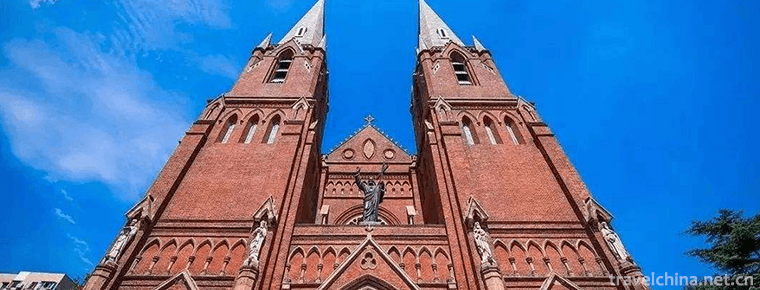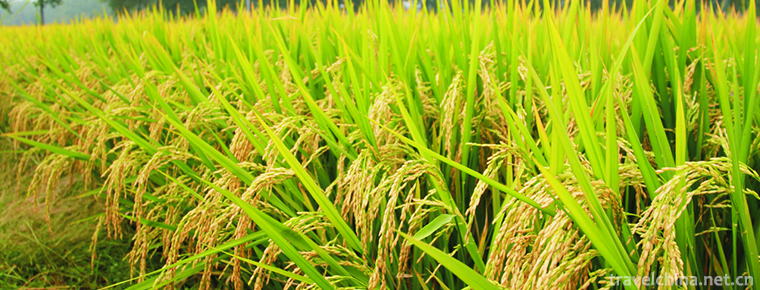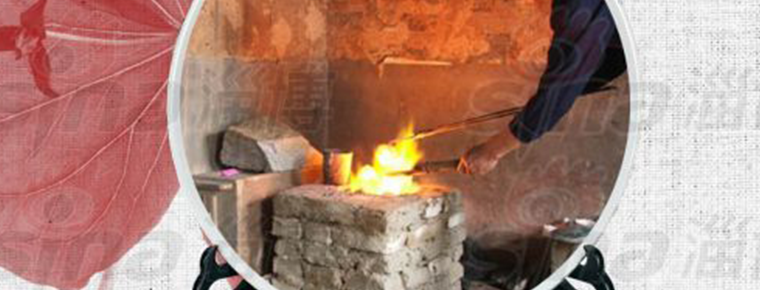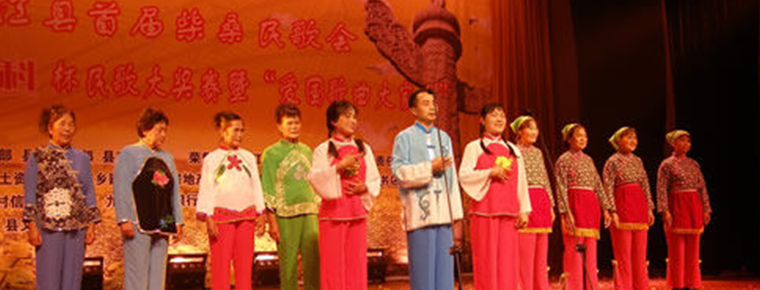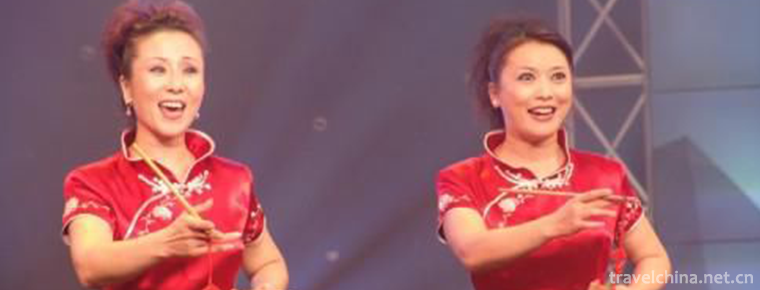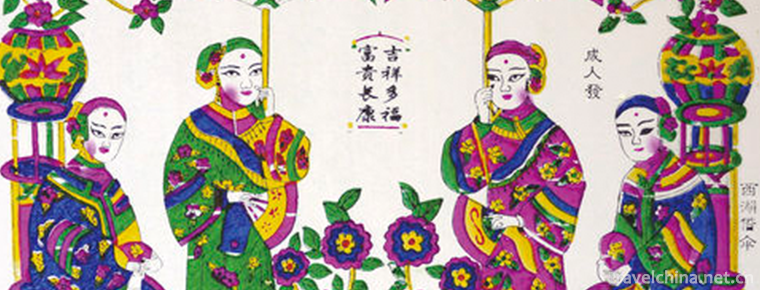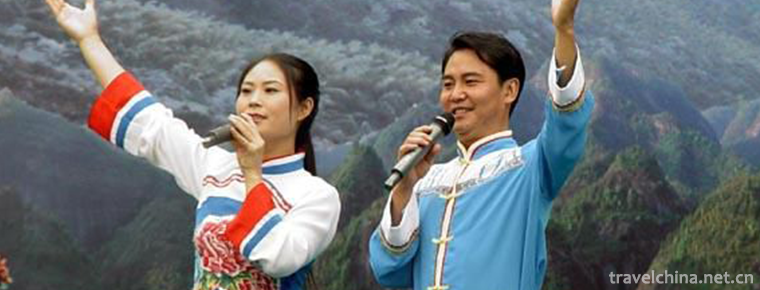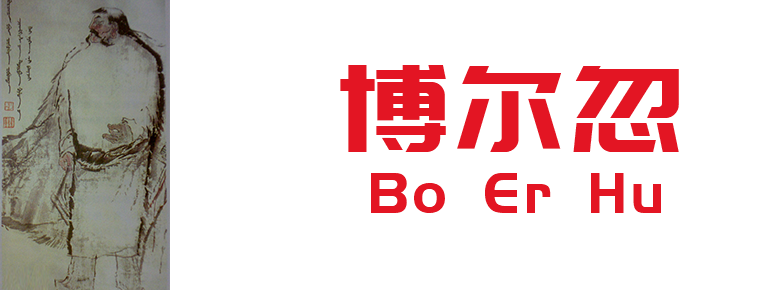Willowerwork
Willowerwork
Willow knitting is one of the traditional handicraft products in China. In ancient times, people were just ordinary daily necessities. It was not until the late 20th century that they began to rise gradually, and gradually became a project of earning foreign exchange through exports in some parts of China. There are three major willow weaving production bases in China, Hubei, Shandong and Anhui (in addition, Henan is also rich in willow weaving).
Willow is soft and easy to bend, uniform in thickness and elegant in color. Through novel design, it can be knitted into various simple and natural, beautiful in shape, portable and durable practical crafts. Its products include: wicker box (bag), rice basket, vegetable basket (circle, ellipse), fence, needle and thread bamboo, Kang mat, reed foil and so on. With the continuous development of industry and product innovation, more novel, practical and beautiful willow products will be displayed in front of customers.
On June 7, 2008, Liu Bian was approved by the State Council to be included in the second batch of national intangible cultural heritage list.
Historical origin
The origin of willow weaving can be traced back to the early Paleolithic era. In the process of collecting crops, the primitive people made various containers and packages, used resilient plants, and with the help of the preliminary mastery of the preparation method, produced different types of willow weaving products. From the slave society to the Warring States Period, Liu Bian has been widely used in people's life, and has become one of the indispensable living instruments in people's daily life through various dynasties.
Wicker baskets and baskets appeared in the Neolithic Age. During the Spring and Autumn Period and the Warring States Period, cups and plates were woven with wickers and coated with lacquer. In Tang Dynasty, Cangzhou (now Cangzhou in Hebei Province and north of Ningjin in Shandong Province) Liuxiang was well known. In the Song Dynasty, people took the thin strips of Qiliu, "Fire compels you to make soft music and make boxes and lanterns". Since then, willow knitting technology has continued to develop. The traditional willow knitting varieties mainly include suitcase, basket, dustpan and so on. Since 1960, Chinese willow knitting crafts have been exported and production has developed greatly.
Distribution area
Liuquan is mainly produced in the Hanjiang River Basin and Huanghuai-Haihai Region in China. Detailed geographical names are as follows:
Chenghe Town, Zhuji Town and Shuanggou Town, Xiangzhou District, Xiangyang City, Hubei Province.
Linshu County, Tancheng County, Junan County, Boxing County and Laizhou County, Shandong Province.
Gushi County and Sanhejian Town, Henan Province.
Funan County, Huanggang Town, Caoji Town and Yaotai Township in Anhui Province. Willow weaving, strip weaving and straw weaving, as commodity production industries, have been included in the category of higher-grade arts and crafts. It enjoys a high reputation in the international market.
Willow material
Willow is soft and easy to bend, uniform in thickness and elegant in color. Through novel design, it can be knitted into various simple and natural, beautiful in shape, portable and durable practical crafts. Its products include: wicker box (bag), rice basket, vegetable basket (circle, ellipse), fence, needle and thread bamboo, Kang mat, reed foil and so on. With the continuous development of industry and product innovation, more novel, practical and beautiful willow products will be displayed in front of customers.
Liu Biao is a handicraft widely circulated among the people in our country. "Binding baskets and baskets are available in every family." This is due to the wide range of raw materials for this process. In the north, the main raw materials for basket weaving are willow, tamarisk, mulberry strips, thorns and Acacia fruticosa, which are produced in saline-alkali land and marsh.
wicker production
There are many kinds of willow products, such as mats, baskets, baskets, dustpans, buckets, wicker boxes, baskets, flower baskets, fences, plates and so on. In terms of export, after development and design, laundry baskets, flowerpot sets, picnic utensils baskets, hanging baskets, lampshades, dog's nests, cat's nests and bird's nests have been formed. In foreign trade, low-grade commodities have become high-grade appreciation effects, which are highly valued by foreign trade departments.
Main producing areas
Willow weaving and strip weaving are common in Xiangyang, Funan, Henan and Shandong provinces. However, as a commodity production industry, those who are included in the category of higher-grade arts and crafts are often factories and societies operated by artists with ingenuity, thus forming a production base of more elaborate and exquisite products.
According to statistics of foreign trade units, Liubian in Hubei Province is mainly distributed in Chenghe, Zhuji and Shuanggou Towns in Xiangyang City, among which Liubian in Chenghe Town is a product protected by China's national geographical indications. According to the Regulations on the Protection of Geographical Indicators Products, the General Administration of Quality Supervision, Inspection and Quarantine has organized the examination of the application for the protection of Chenghe Liuquan Geographical Indicators Products. Upon examination and qualification, it is approved to implement the protection of geographical indication products for Chenghe willow weaving from November 21, 2007 (Announcement No. 171, 2007).
Willow weaving in Chenghe Town, Xiangyang City, Hubei Province, is one of the three export bases of willow weaving in China. Chenghe Willow weaving is famous for its white, soft, smooth, symmetrical and exquisite weaving skills at home and abroad, and its products enjoy high reputation in the international market.
Willow weaving in Anhui Province is mainly distributed in Funan County, with Caoji, Huanggang, Yatai and other villages and towns along the Huaihe River being the most concentrated. Because of the better quality, better color and exquisite craftsmanship of wicker, it has gradually been recognized by customers at home and abroad, and the export of wicker products has increased year by year.
Shandong Province is the first base of willow weaving production and export in China. It mainly distributes in Linyi, Binzhou, Dezhou and Heze regions. This area is rich in waterlogging and depression, wicker resources, and has a long tradition. For example, the export of Liubian in Boxing County and Dudu Liu in Caoxian County are famous for producing dustpans and dustpans in China, and the weaving village in Juancheng County is famous for its craftsmanship in strip weaving, etc.
Variety characteristics
Knitting technology includes 6 categories of knitting, knitting, flat knitting, twisting knitting, fine knitting and wood knitting. The products involve household goods such as baskets, baskets, trays and baskets, as well as decorations such as vases, screens, picture frames, bookcases and cradles. Chenghe willow is white, soft and slender. The unique raw materials, together with the specific knitting techniques, constitute the unique style of Chenghe Willow Knitting.
Product Quality Technology
(1) Wicker production requirements.
1. Varieties: green buds, red buds and white buds in white willow.
2. Site conditions: select loam or sandy loam with plough layer (> 25 cm), pH value between 6 and 7 and organic matter content (> 1.5).
3. Cultivation management:
(1) Cutting: It is advisable to select strong stems, cut into 20 cm segments, insert into the middle of the soil and divide into 14 cm, and expose 3 to 4 buds. Cutting time is February, July and November, 150 kg per mu.
(2) Planting density: less than 126 000 plants per hectare.
(3) Fertilizer and water management: Organic fertilizer is the main type, topdressing N, P, K quick-acting compound fertilizer, in which organic fertilizer is more than 45 square meters per hectare. Water management: In the wicker drawing season (May, August, October), timely irrigation in case of drought, but can not make clear water in the field.
(4) Sprouting: Wicker grows about 1 meter in spring and the second stubble in autumn grows to about 0.5 meters, wiping out all lateral buds of wicker.
4. Harvest:
(1) Harvesting period: two crops a year, the first crop from June 20 to July 10, and the second crop in December.
(2) Harvesting requirements: harvesting in sunny days, stripping in time; stripping after stacking of autumn strips.
5. Quality requirements of wicker.
The base diameter is less than 1.2 cm, no bifurcation, good finish, no spots, less than 1 m in length is less than 40 spots, no bifurcation, all strips, the ratio of root tips within 1 m is less than 1 mm, folding into a round and continuous wicker diameter of 30 times, green wet strips, white dry strips, no obvious miscellaneous color. Product without insect eggs
(2) Processing.
1. Material selection: Willows produced locally and meeting quality requirements must be selected.
2. Knitting: Choose one or more combinations of flat knitting, vertical knitting, fine knitting, twisting knitting and nail knitting, wicker accounts for more than 70% of the surface area of finished products; it must be hand-knitted.
3. Post-processing of products: hand-knitted goods shaping drying product sorting packaging
4. Product quality characteristics:
The product is symmetrical and smooth, and meets the following requirements:
(1) Flat weaving requires products to be uniform, non-broken and fluent;
(2) Establishment requires products to be well-proportioned, with a rigid framework, strong three-dimensional sense, smooth and continuous cropping.
(3) Fine-editing requires close, symmetrical products, proper matching of large and small strips, no light transmission gap or very small gap;
(4) Twisting requires the product to be firm and symmetrical without screwing.
(5) Nailing requires that the wicker of the product be symmetrical, non-broken, non-exposed, symmetrical and natural.
Inheritance significance
1. Willow knitting as a purposeful practical and aesthetic creative activity is characterized by skilled and specialized skills, grasping and using wicker and other raw materials and production tools, which is an important means of understanding and utilizing the laws of nature.
2. The popularity of willow weaving skills. Willow knitting technology is produced and developed in the long-term labor practice. The creation and circulation process of each handicraft is formed on the basis of common labor.
3. Willow products have a wide range of raw materials, make full use of the characteristics of resilient plants, pay attention to color and texture, and pursue nature, reflecting the honest, honest and sincere character of the working people.
4. Compared with traditional art, willow weaving has more subjectivity. It is an organic combination of folk practical technology and folk arts and crafts, as well as an organic combination of practicality and aesthetics.

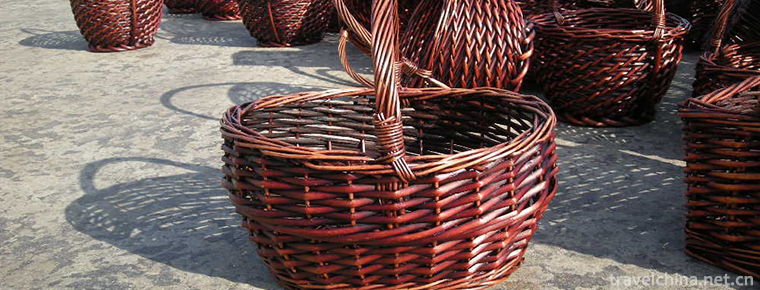
-
Mount Tianzhu Scenic Area
Tianzhu Mountain Scenic Spot, located in the west of Qianshan City, Anqing City, Anhui Province, is known as "the first mountain in the Yangtze River and Huaihe River" for its main peak.
Views: 118 Time 2018-12-08 -
Zhashlenbu Temple Scenic Spot in Shigaze
Zashrunbu Temple means "auspicious Xumi Temple". Its full name is "Zashrunbu Baijid Qinqu Tangkelenan Bajawalin". It means "auspicious must gather in Fushu to win over Fangzho.
Views: 225 Time 2018-12-12 -
Guangxi Science and Technology Museum
Guangxi Science and Technology Museum is located in Nanning National Avenue. It was established in March 2006 and started construction in December. It covers an area of 14655 square meters.
Views: 352 Time 2019-01-13 -
Xujiahuiyuan Scenic Area
Xujiahuiyuan Scenic Spot is located in Xujiahui, Shanghai Metropolitan Tourism Center Circle. It starts from Wanping South Road, Tianping Road and Huashan Road in the east.
Views: 123 Time 2019-02-26 -
Rice custom
Wannian rice custom and Shangrao Wannian County custom are cultural heritage. Wannian is the "land of rice". The traditional rice custom has been passed down in this area for thousands of ye.
Views: 118 Time 2019-04-26 -
Smelting Technology of Gold Chute Stone fill Stove
The smelting technique of gold chute rockfill stove was first seen in the history of Song Dynasty. Since the fourth year of Jingde in the Song Dynasty, Minister Pan.
Views: 251 Time 2019-05-04 -
Jiujiang folk songs
Jiujiang folk song is a traditional folk song that is popular in the surrounding areas of Chengmen, Ma Huiling, Huanglao Men, Lion and Chengzi Town in Jiangzhou District, Jiujiang City.
Views: 185 Time 2019-05-08 -
Shandong drum
In addition to the book drum, the musical instruments of Shandong drum were initially beaten with two pieces of plough and plough, and then two pieces of iron and copper were used, accompanied by thre.
Views: 142 Time 2019-06-13 -
Beach Head Wood Engraving New Year Pictures
Tantou woodcut New Year's picture is the only handmade woodcut watermarking New Year's picture in Hunan Province. It has its own style with strong local characteristics in southern Chu. Tantou Town is.
Views: 295 Time 2019-06-18 -
Xingguo Folk Song
Xingguo Folk Song has a long history. It is said that it was sung by woodcutters who built A Fang Palace in Xingguo in the late Qin Dynasty. Xingguo folk songs are lively, diverse in form and full of .
Views: 110 Time 2019-07-08 -
Yongxin Shield Dance
Shield dance, also known as men's group dance rattan dance, roll the shield, reflects the most primitive national cohesion, team spirit and fighting spirit. Shield dance is mainly spread in Longyuanko.
Views: 150 Time 2019-07-14 -
Bo Er Hu boroqul
Bolhoff also worked for polo, Boruun, Boluo, rohun, and so on. Mongolia state Senior general. Mongolia famous generals, Genghis Khan One of the four founding fathers. Picked up by the battlefield, by .
Views: 280 Time 2019-09-14

